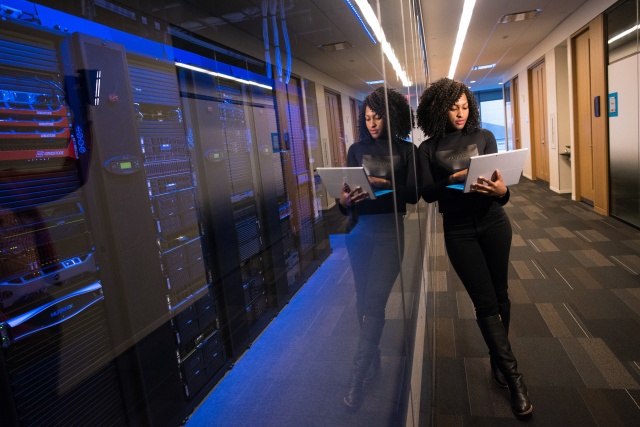About This Lesson
Every morning the bus arrives at 7:30 sharp. You board the bus and embark on your journey to school. After a quick morning assembly, students shuffle to class to begin working on daily assignments. For some this daily routine may be comforting and predictable, but other students find it mundane and repetitive.
Encouraging participation and interaction is a common struggle for many educators. How do we get students involved? What can we do to help them learn instead of simply listening? While there are a variety of answers for these questions, one tried and true method is incorporating special occasions into the classroom. By letting students know that you are aware of events occurring in their home environment and surrounding social interactions, you can mirror their focus throughout the year.
Emphasize Student Birthdays
While this may not seem like a big deal to some, I know some students that wait an entire year for their class to celebrate their special day with them. The extent to which a birthday is celebrated largely depends on the size of the class. Handing out treasure box toys, allowing students to celebrate with cupcakes, or allowing special privileges (i.e. being the line leader or class hall monitor) shows students that their birthday does not go unnoticed by their teacher or peers. For some students, this may be the biggest celebration that they have.
Plan Seasonal Activities
There are some times throughout the year where it can be difficult to draw a student's attention to their studies. The winter holiday season (Thanksgiving, Christmas, and New Year's Eve) and the warming of spring are two common teaching woes. Imagine a child walking into your classroom to a 15 foot Christmas tree or a baby pool filled with rubber ducks. Incorporating the feeling that is associated with the upcoming season is a way to draw attention to educational topics and engage students.
Focus on Cultural Exploration
Holidays are a great time to direct classroom focus to variations in cultural traditions. According to author Wendy Joliffee in "Cooperative Learning in the Classroom: Putting it into Practice," celebrating and valuing diversity is one of the most effective ways of supporting inclusion of classmates of differing ethnicity. Students gain the knowledge of how each classmate celebrates different holidays in their own, unique manner. This allows students to ask questions, research, and identify various cultural traditions.
Foster an "Active" Learning Environment
Each child has their own learning style that allows them to translate information being presented to them into meaningful units. Many students learn best through "active" learning, which allows students to become involved in learning rather than simply having information read or displayed to them. Utilizing dances, folklore, cuisine, and language sets that are prevalent with special occasions gives students the opportunity to experience different learning styles. (Hall, Peter. "Race, Ethnicity, and Multiculturalism: Policy and Practice.") Physical activity, taste, smell, and speech are all sensory methods that are common methods of initiating information recall.
Incorporating Special Occasions
Though some activities may require approval from school leaders, others simply require a little imagination and planning. Educators oftentimes find that the responsibility of planning special events and lessons fall on their shoulders. However, other outside resources are available and usually willing to help if asked. For example, many parents would be willing to donate time, money, and/or resources for specific projects that would further their child's understanding of the subject(s) at hand.
In addition, incorporating one or more classrooms or the entire school in a specific project or goal can be a useful tool. By encouraging participation from multiple students, a mass effort towards the education of a certain topic is facilitated.












